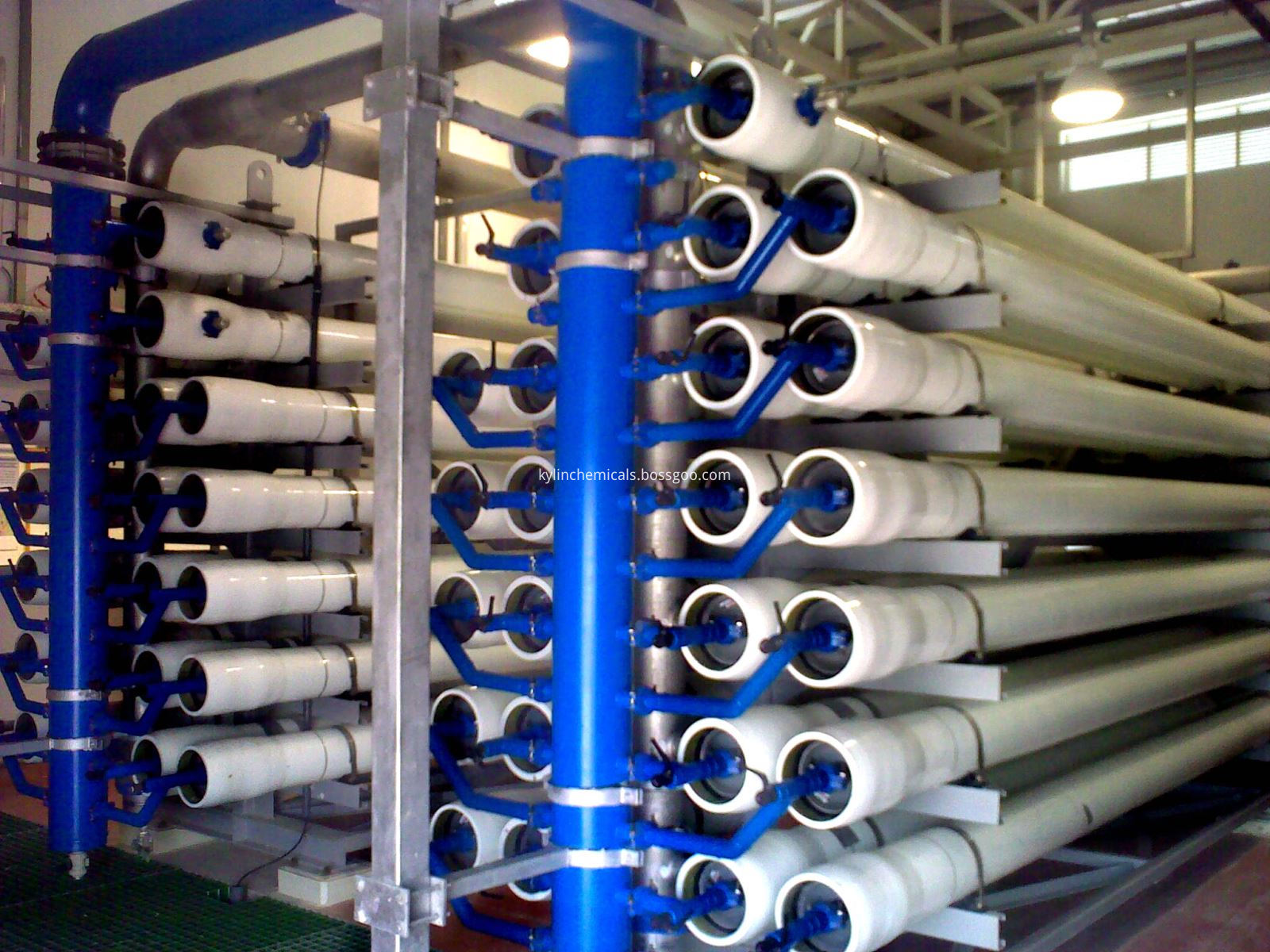Guidance: From January to May 2016, economic indicators such as main business income and total profit of the textile machinery industry showed a slight increase compared with the same period of last year. The total import and export of textile machinery products both fell year-on-year, and the performance of the textile machinery industry remained uncertain. .

Economic benefits
Industry scale
From January to May of 2016, the main business income of the textile machinery industry was 45.296 billion yuan, which was a year-on-year increase of 2.45%, and an increase of 2.38 percentage points from the same period of the previous year, but it was 1.69 percentage points lower than the first quarter; total assets were RMB 95.603 billion. The increase was 2.29% year-on-year, down 2.15 percentage points from the same period of last year.
Cost structure
From January to May 2016, the total cost of the textile machinery industry was 42.607 billion yuan, an increase of 2.42% year-on-year, of which: the main business cost was 38.404 billion yuan, an increase of 2.54% year-on-year; the cost accounted for 90.13% of the total cost; sales expenses It was 1.215 billion yuan, a year-on-year decrease of 0.87%, operating expenses accounted for 2.85% of total expenses; management expenses were 2.450 billion yuan, an increase of 0.97% year-on-year; management expenses accounted for 5.75% of total expenses; financial expenses were 539 million yuan. , a year-on-year increase of 9.15%, accounting for 1.26% of total cost costs.
Profitability
From January to May 2016, the total profit of the textile machinery industry was 2.846 billion yuan, an increase of 4.89% year-on-year; the loss of loss-making enterprises was 306 million yuan, a year-on-year decrease of 21.02%; the loss was 18.05%.
Import and export situation
According to customs statistics, the total amount of China's textile machinery import and export from January to May 2016 was US$2.273 billion, a year-on-year decrease of 9.18%. Among them, textile machinery exports amounted to 1.233 billion U.S. dollars, a year-on-year decrease of 5.36%, and the number of exports changed from negative to positive; imports reached 1.40 billion U.S. dollars, a year-on-year decrease of 13.34%.
Import Profile
From January to May 2016, the total amount of textile machinery imported from 54 countries and regions was US$1.04 billion, a year-on-year decrease of 13.34%.
From the category of imported products, auxiliary equipment and spare parts imports ranked first. Total imports amounted to US$227 million, a year-on-year decrease of 3.14%. Imports of auxiliary devices and spare parts accounted for 21.81% of total imports. Imports of non-woven fabrics increased significantly, up 41.50% year-on-year; printing and dyeing finishing machines, chemical fiber machines and weaving machines The decline was higher than the industry average.
From January to May of 2016, the main countries and regions for textile machinery imports were mainly Germany, Japan, Italy, Belgium, and China Taiwan. The top five importers’ trade volume was US$845 million, a year-on-year decrease of 13.75%, accounting for the total amount of imports. 81.18%.
Imported German textile machinery took the first place, import value was 364 million US dollars, a year-on-year decrease of 30.12%, of which: the trade volume of chemical fiber machinery was 97.201 million US dollars, a year-on-year decrease of 49.82%; only spinning machinery is positive growth in the seven major categories of products. , an increase of 24.78% year-on-year; only the nonwoven fabric machinery in the remaining six categories had a decline below the industry average.
From January to May of 2016, there were different numbers of imports from 28 provinces, cities and autonomous regions across the country. Five provinces and cities including Jiangsu, Zhejiang, Guangdong, Shanghai, and Shandong are among the top five in total imports, accounting for 84.14% of total imports. The total import volume of Jiangsu Province ranked first in the US at 288 million U.S. dollars, a year-on-year decrease of 24.41%, accounting for 27.64%.
Export Profile
From January to May 2016, textile machinery exports reached US$1.233 billion, a year-on-year decrease of 5.36%.
Knitting machinery exports amounted to US$428 million, a year-on-year increase of 11.14%, accounting for 34.68%, ranking first, followed by printing and dyeing finishing machinery, auxiliary devices and spare parts, weaving machinery, spinning machinery, chemical fiber machinery, non-woven fabrics. Cloth machinery. Among the seven major categories of products, only knitted machinery showed a positive growth, while the remaining six categories of products all decreased in different ranges. The spinning machinery had the largest drop of 28.36%.
From January to May in 2016, China exported textile machinery products to 164 countries and regions. The total export value of the top five countries and regions accounted for 56.91% of the total export value. It is the main export country of textile machinery in China. And area. Exports to India totaled 274 million U.S. dollars, an increase of 8.43% year-on-year, accounting for 22.22% of total exports.
From January to May 2016, a total of 30 provinces, municipalities and autonomous regions had textile machinery products exported, and the top five provinces and municipalities accounted for 78.66% of the total.
To sum up, all indicators in the economic operation of the textile machinery industry are developing at a low level, and the total volume of imports and exports has fallen. There has been no obvious sign of recovery.
Report details page: http://service.made-in-china.com/market-analysis/industry-analysis-report/692864.html
More reports: http://service.made-in-china.com/market-analysis/industry-analysis-report-1.html
Kylin Chemicals' Water Treatment Business Division is a professional Water Treatment Solution Provider offering complete control of various parameters by our highly effective chemicals and services. We have a professional team of highly qualified, trained and experienced engineers, the backup for the quality products and universal support for your water treatment needs,including the potassium monopersulfate,potassium peroxymonosulfate,reverse osmosis antiscalant. Our programs are designed to reduce our customers maintenance cost through our in-depth diagnose, knowledgeable analysis and highly effective solutions.


Water Treatment & Cleaning,Water Treatment Chemicals,Water Treatment Agent
Kylin Chemicals Co., Ltd. , https://www.kylin-chemicals.com